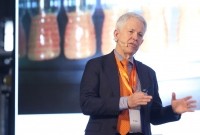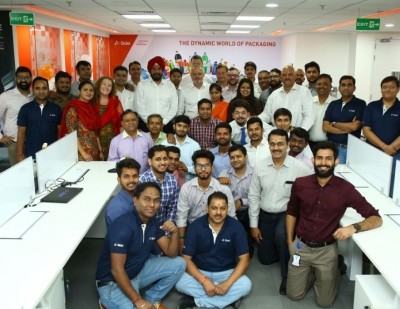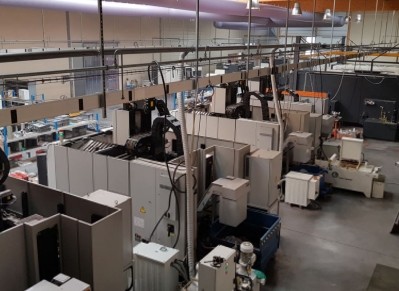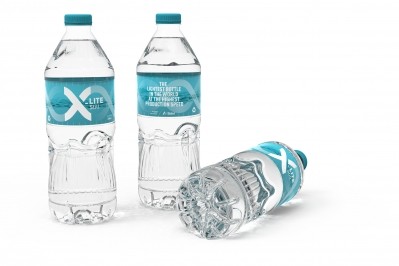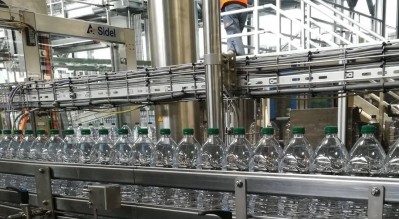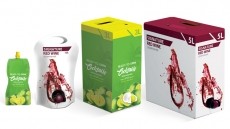Sidel celebrates on-going success in China with 10th anniversary
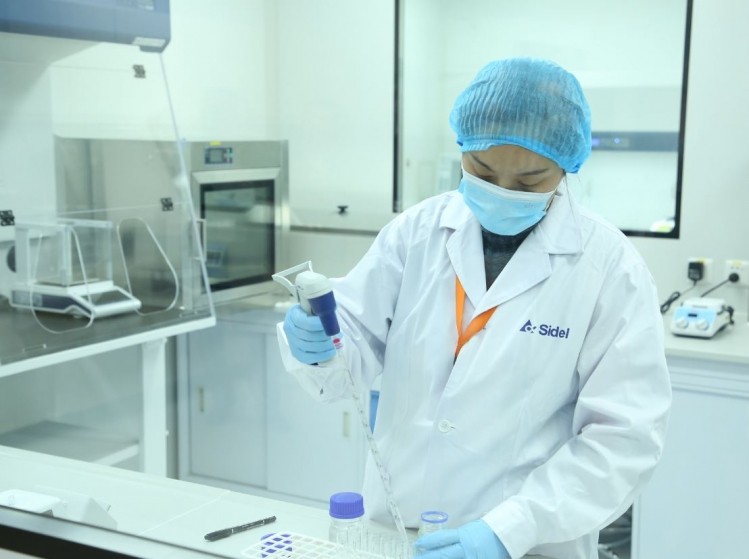
To mark the event, the company has expanded the plant opening an aseptic laboratory and started local production of its Aseptic Predis range.
Technical Training Centre
The Sidel Aseptic Combi Predis utilises dry preform and cap decontamination for 100%-sterile filling and capping of PET bottles during sensitive beverage production.
The plant also produces end-to-end packaging from bottle design to end-of-line; Combis for carbonated soft drinks (CSD), water and hot-filled products, conveyors, packers and palletising equipment.
“Our Beijing site was the largest industrial investment ever made by Sidel, the only factory we have that is able to manufacture a variety of packaging equipment,” said Sam Strömerstén, president/CEO, Sidel.
“With up to 4,000 installations in the country, the professional technical trainings offered in our 1,200m² Technical Training Centre and our continuous focus on quality, based on a LEAN manufacturing approach and driving our industrial footprint globally, are clear proofs of our commitment to the Chinese market.”
The 40,000m² plant, is housed in Beijing’s Economic and Technological Development Area.
The aseptic laboratory includes a testing room, cleaning and sterilisation room, and is used for validation tests of Beijing-made aseptic and ultra clean equipment.
With 56 sets of advanced equipment, the team can run preform and cap decontamination tests, hydrogen peroxide residual tests within the packaging, microorganism isolation and purification.
Scarlet Chen, VP, Beverages Equipment Sales & Services Greater China, Sidel, said the Bejing team works with packaging scientists based in Shanghai to give advice on pre and post execution phases.
“This is particularly important regarding aseptic applications, which are increasingly gaining the favour of our customer base,” she added.
According to Euromonitor, liquid dairy and plant-based drinks are on the rise among consumers in the region, and they are increasingly bottled in PET to offer a premium proposition, this figure is expected to grow.
Greater China
Over the past 10 years, Sidel has implemented more than 100 aseptic PET complete lines in Greater China.
Some of Sidel’s customers in the region include: Yili, Huanleja, Nanjing Ziquan and NongFu Spring.
In 2017, Sidel designed PET bottles for Yili’s range of yoghurt drinks for China. The Sidel packaging team worked with Yili's Liquid Milk Division to create the PET bottle for the company's Changyi brand.
Huanlejia recently started producing its coconut milk – formerly packaged in HDPE – in PET bottles to reinforce its brand image and increase production speed.
The coconut milk PET bottle is produced on two Sidel complete aseptic PET packaging lines, running at 48,000 bottles per hour (bph).
Nanjing Ziquan has installed a second Sidel hot fill PET line to meet growing demand for Mizone, a functional drink popular in China. The line is running at a speed of 36,000 bottles per hour (bph) and follows positive feedback on a similar complete hot fill PET line installed in 2013. It brings the total number of hot fill lines installed in the Nanjing plant to three.
When Nongfu Spring decided to switch from HDPE to PET for its 4 litre bottles it turned to Sidel to supply a Combi water line for 4 litre PET bottles running at 14,000 bottles per hour (bph).
The PET bottle is fully transparent and light, requiring less material to produce and creating less waste compared to a HDPE bottle which lacks clarity and needs more material to manufacture. The PET bottling line also offers lower total cost of ownership through its capacity for higher production output than a HDPE line.
